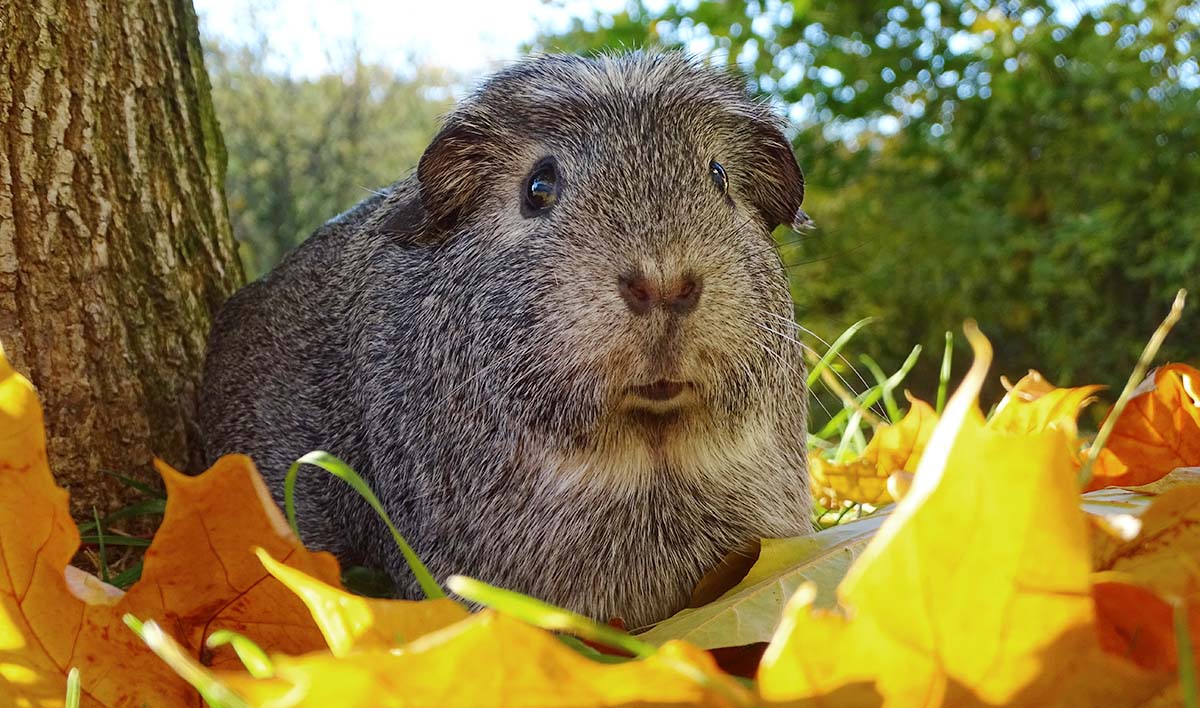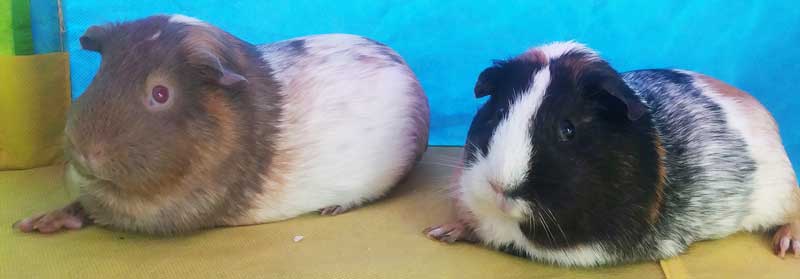24 Nov 2021
April Louise Murphy discusses the care of these popular pets, including housing, nutrition and common ailments.

Image © Yvinne / Pixabay

As veterinary nurses, our jobs are diverse and each day can be unpredictable. We have a duty of care to our clients, patients, veterinary team, profession, the RCVS and the public, as stated in the 2012 Guide to Professional Conduct for Veterinary Nurses.
For this reason, a big role we have is to educate clients on nutrition, husbandry and preventive care, and provide basic behavioural advice for their pets. We can do this in many ways, including conducting nurse consultations, handing out leaflets with vital information and having display boards in reception.
Clients are more likely to communicate with VNs than vets as we are their first point of contact when they arrive at the practice. We should be available to be a listening ear and provide support to clients to encourage gold-standard care. In doing this, we will build up a trust with our clients, which will help bond them to the practice.
Small mammals are becoming increasingly popular pets. Educating clients on these types of animals can be difficult, especially where most of our theoretical learning on the veterinary nursing course is cat and dog related.
Our confidence and knowledge in this sector needs to grow if we are to educate clients. We can do this by undertaking CPD to expand our knowledge and give clients the advice they so need. The Association of Zoo and Exotic Veterinary Nurses website has a vast range of valuable information for those wanting to know more about small mammals and exotics.
This article outlines the type of advice we should be giving to owners as a starting point.
Guinea pigs (cavies) originated from South America and have a lifespan of six to eight years.
Guinea pigs are very social animals, and like to be kept in pairs or groups. Males may fight – especially if females are around – but, again, this is less likely if they are brought up together from a young age. Two females can live happily together.
As with rabbits, male guinea pigs can be castrated from four to five months and females five to six months.

Guinea pigs can be housed indoors or outdoors, and requirements and placement for these are also similar. Wood Green, The Animals Charity advises the minimum hutch/cage requirements for two guinea pigs are 153cm length and 61cm width, although the bigger the housing, the better. Some cages for guinea pigs are multilevel and have a ladder. Make sure the ladder is not too steep as accidents can occur.
Guinea pigs should have access to a run for mental stimulation. The minimum run requirements are 2m length by 1.25m width and 46cm high. Environmental temperatures for guinea pigs should be between 16°C to 24°C. A temperature of more than 26°C can cause hyperthermia.
Gnawing toys provide stimulation, as well as a tool for guinea pigs to keep their teeth trimmed down and in good condition. Check toys regularly for their condition and change regularly to prevent boredom.
Types of enrichment are the same as for rabbits. The Guinea Pig Awareness Week website has lots of great ideas for homemade boredom breakers. Suitable bedding for guinea pigs are hay and newspaper. Wood shavings can irritate guinea pigs’ airways.
Due to guinea pigs being prey animals, they should be given adequate hiding places/shelters to feel safe and secure. There should be multiple hiding places so every guinea pig in the enclosure has an option to a separate hiding area.
Guinea pigs are herbivores. They are different to rabbits as they require vitamin C in their diet.
Guinea pigs cannot manufacture their own vitamin C. Vitamin C is vital for the normal development of skin, joints and mucosal surfaces (gums), as well as having an important role in wound healing. A lack of vitamin C can cause issues in these areas. Guinea pigs have a minimum vitamin C requirement of 10mg/kg per day, rising to three times the amount during pregnancy (Varga et al, 2012).
Commercial guinea pig pellets contain vitamin C, but the shelf life of the products is short. (Varga et al, 2012). The healthiest way to provide vitamin C is via fresh foods. Good sources of vitamin C include red bell peppers, kale, broccoli and parsley. The Veterinary Partner website lists foods ranging from excellent sources of vitamin C to poor sources.
Guinea pigs require hay, which makes up 85% of their diet, vegetables (10%) and pellets (5%). Suitable vegetables for guinea pigs include green leafy vegetables, such as curly kale, cucumber and green beans.
Foods that are toxic to guinea pigs include avocados, chives, coconuts, garlic, onions and raisins.
Pododermatitis is inflammation of the skin of the feet, also known as bumblefoot. It is caused by poor husbandry, including abrasive surfaces, and soiled or wet bedding. However, factors exist that predispose certain guinea pigs to this issue, including being overweight, immobility due to scurvy or arthritis, or overgrown nails.
Clinical signs include:
Diagnosis is based on the clinical signs; however, culture and sensitivity testing will confirm this. Radiographs may also be required to assess the degree of tendon and bone involvement. Treatment depends on the underlying issue.
Myiasis, more commonly known as fly strike, is common in both guinea pigs and rabbits. Flies lay eggs on an animal, which then develop into maggots. These can eat flesh and cause severe damage over a short period of time that can prove fatal.
Fly strike occurs in the summer months. Elderly, overweight pets; those with a “soily” bottom end; long-haired pets; and those with open wounds are most at risk.
Treatment includes administering analgesia, anti-parasite treatment, clipping fur, flushing and cleaning open wounds, and encouraging feeding as some animals may be too poorly to eat.
Fly strike can be prevented. Adequate husbandry, covering open wounds and checking your pets regularly can all assist with prevention.